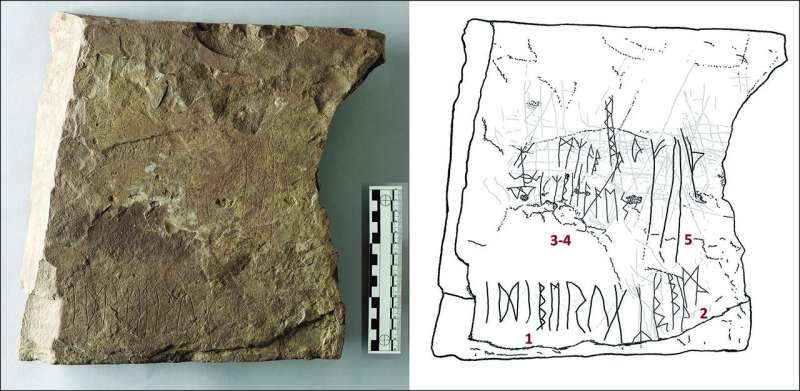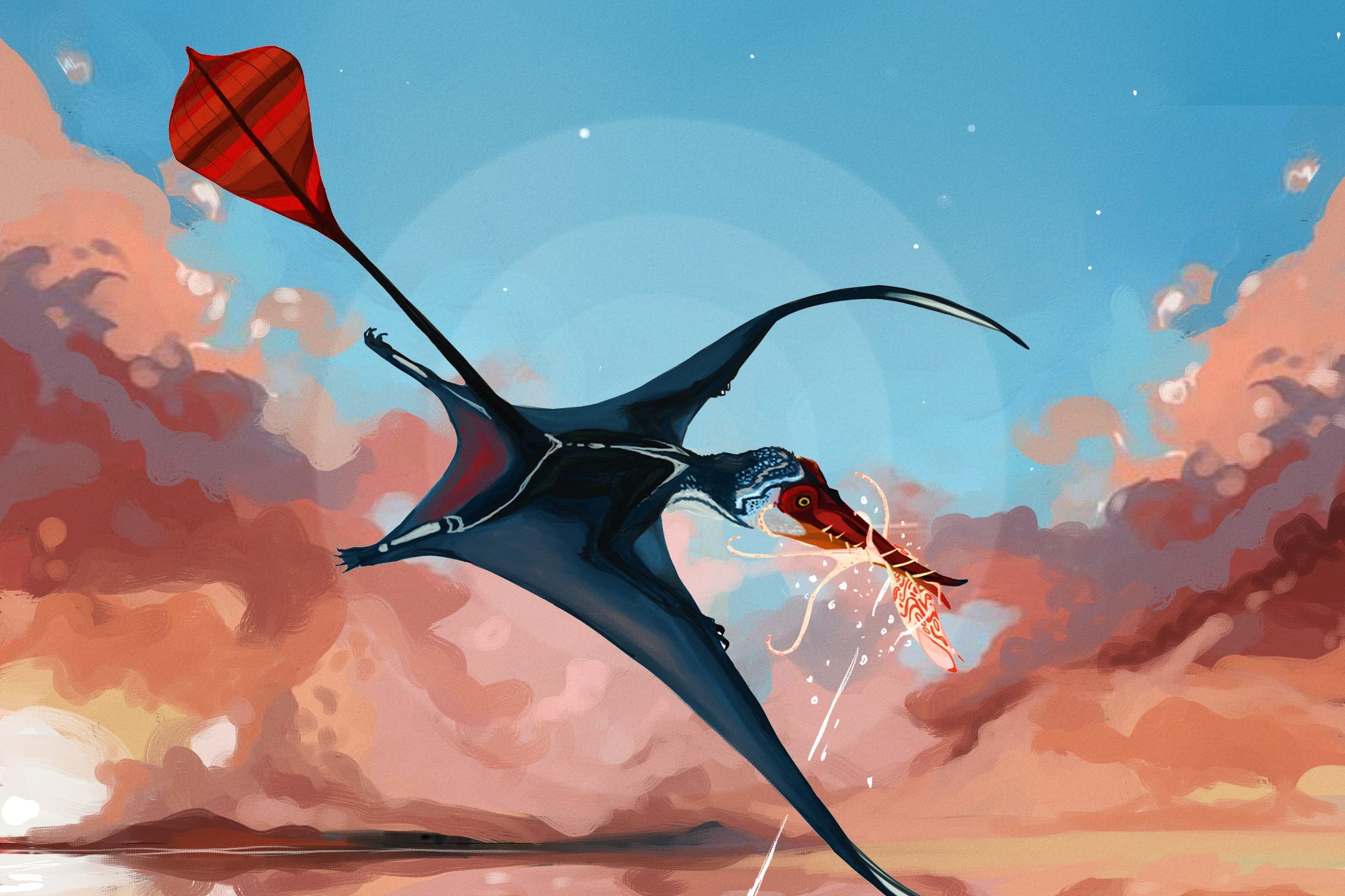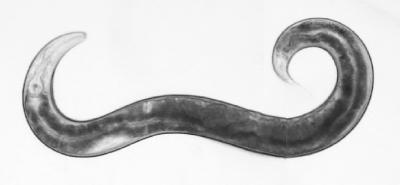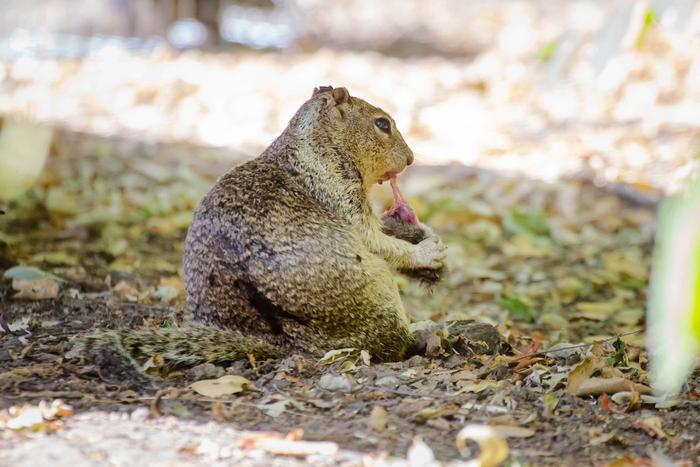Strange carvings at Norwegian grave site reveal what language was like before Vikings
Strange carvings at Norwegian grave site reveal what language was like before Vikings
Share:
Stone fragments inscribed with runes found in separate graves ‘fit together like jigsaw puzzle’. Researchers from the University of Oslo found that the ancient fragments fit together “like a jigsaw puzzle” suggesting that the writing may have been “separated intentionally”. Their findings, published in the journal Antiquity on Monday, shed light on the ritual aspects of early Germanic stone writing as well as the evolution of runes, the letters used in Nordic languages before the adoption of the Latin alphabet.
The oldest runes were in use until about 700AD. The sandstone fragments analysed in the study were unearthed during excavations at a grave site in Svingerud, Norway, from 2021 to 2023. The fragments, found in separate graves, were dated to between 50BC and 275AD, providing the earliest known context for rune writings. The carvings, an “unusual mixture of runes and other markings”, were reconstructed into a single stone that “fit together like a jigsaw puzzle”. The original, large stone “was intentionally fragmented, scattered and incorporated into later burials”.
"Rune stones likely had both ceremonial and practical intentions,” Dr Zilmer said. “The grave field and the original raised stone suggest a commemorative and dedicatory intent while subsequent use in a separate burial illuminates later pragmatic and symbolic expressions,” she explained. The findings raise many questions such as whether the unidentified symbols bridge the gap between decorative script and an early form of writing in the region.
Archaeologists are also perplexed as to why exactly the large rune stone was fragmented and scattered across many graves. "This is a rare example of finding runic fragments in well-preserved, datable archaeological contexts,” Steinar Solheim, another author of the study, said. “It is of great importance for discussions on early Scandinavian rune stones and it also serves as a reminder for archaeologists to thoroughly investigate stone fragments found in grave contexts and search for potential inscriptions.”.






















